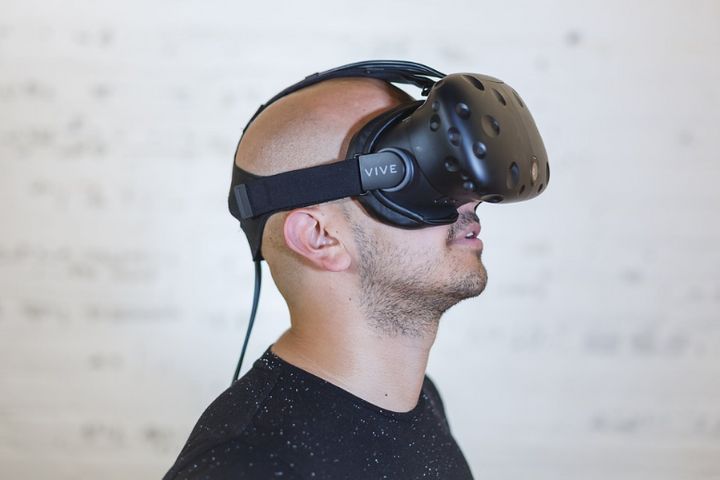 How AR is Poised to Change Business Forever
How AR is Poised to Change Business Forever(Yicai Global) May 9 -- Augmented reality isn't just for catching virtual Pokemon anymore. This tech innovation has many potential uses across a wide range of industries. Just look at how businesses are already making use of it, and you'll clearly see how organizations of nearly any kind can leverage it to their advantage.
The following are some of the ways companies and are already leveraging AR. They'll help you better understand why it has the potential to dramatically transform how you do business.
Training Employees
The more qualified your employees are, the better they'll serve your customers. This is a basic business concept.
The problem is, training employees takes time and resources. That's why more and more brands are using AR to develop employee education programs.
For example, AGCO, a manufacturer of agricultural equipment, has as a means of efficiently training its workers to do various tasks. AGCO's Director of Business Process Improvement, Peggy Gulick, raved about AR training. She went on to say that it not only made training easier, but that AGCO saw a significant increase in productivity, and our factory employees have reported being much happier doing their jobs.
AR gives companies the option of training employees remotely, instead of arranging for large groups to travel to various corporate offices whenever they need to learn a new skill. This saves money and boosts productivity.
Improving Ecommerce
Ecommerce hasn't completely overtaken brick-and-mortar retail experiences. There are many reasons for this, but a major one is simply the fact that shoppers don't want to buy certain products without having the chance to test them out first. This is essentially impossible to do when shopping online.
Or, at least, it used to be. Major brands are demonstrating how AR is redefining the status quo. For example, Sephora uses AR to let customers "apply" . IKEA's AR app allows users to onto their current surroundings. Features like these boost the likelihood that ecommerce shoppers will purchase these items.
Increasing Office Resources
The more versatile an office is, the more useful it will be. Teams need constant access to resources like whiteboards, charts, and other items that may be useful over the course of a day.
AR innovators recognize this. That's why many are starting to that transform workspaces into dynamic environments, where employees can generate virtual elements in moments. Coupled with virtual reality, these products could even let companies hold productive meetings with remote employees from all over the world.
Improving Product Design
When designing a product, companies often rely on software to visualize the finished product before manufacturing prototypes. This is especially important when the company manufactures complicated goods, like automobiles. Spotting a design flaw after you've built a prototype is a costly mistake.
Knowing this, Ford has provided several of its design teams with AR glasses. They use the technology to in new vehicles. According to Craig Wetzel, Ford's manager of design technical operations, AR has allowed engineers and designers to collaborate like never before. He further praised the technology, saying that "this ability to mesh digital and physical worlds together is for us the future of designing products."
From just these examples, it's easy to understand why companies across many industries are embracing AR tech with open arms, and yours can do the same. With this technology, you'll boost efficiency, increase productivity, and serve your customers more reliably than ever before. As the technology improves, its usefulness will grow. AR is poised to transform the way companies do business forever. Now's the time to start taking advantage of it.
[Disclaimer: Yicai Global is committed to providing an open forum to air a diverse range of views. The opinions expressed herein are the author's alone. Yicai Global has redacted this article to conform to our style and usage guidelines, but neither validates its factual nor endorses its editorial content.]